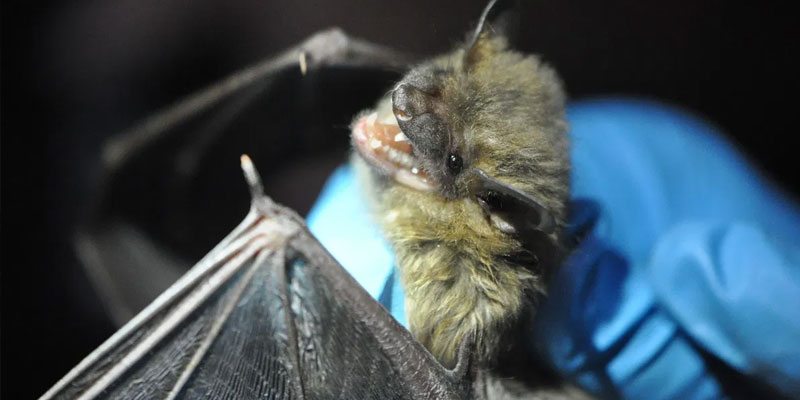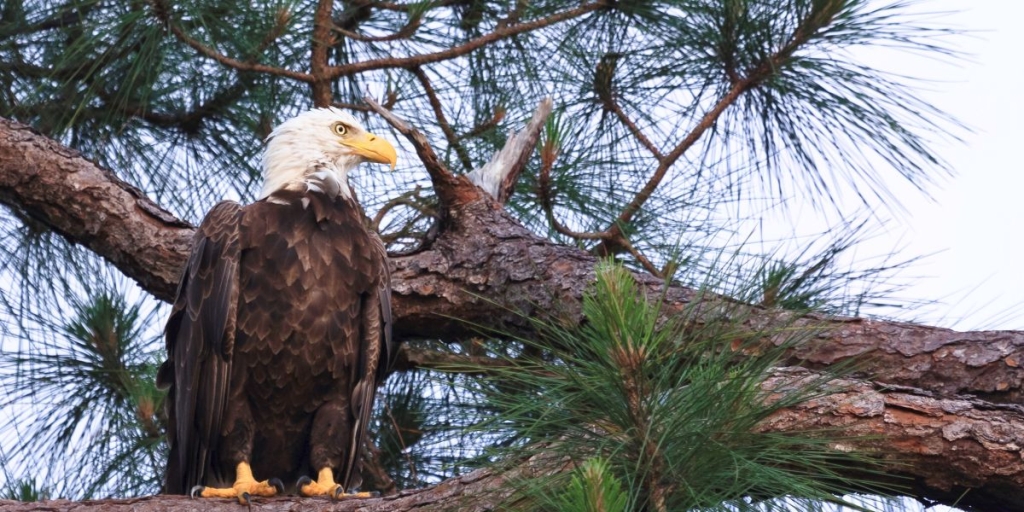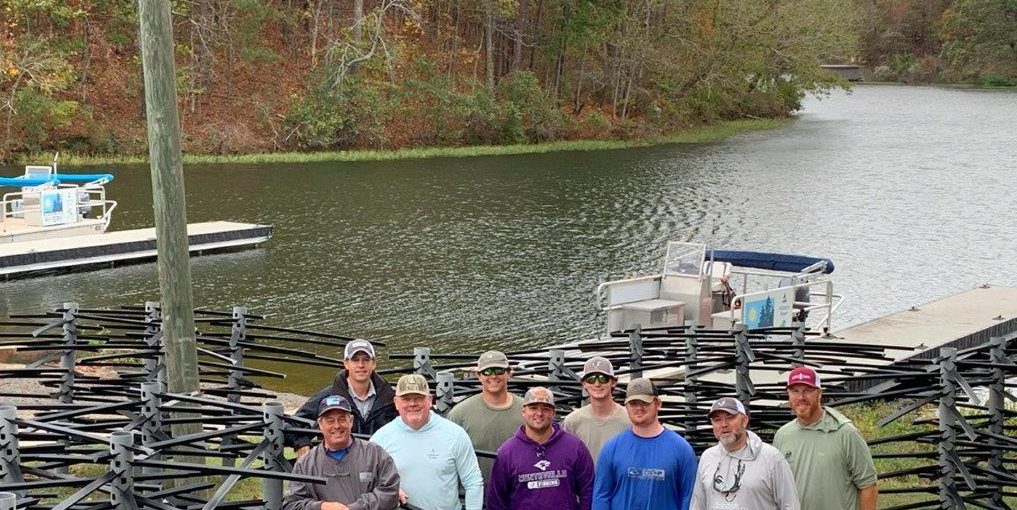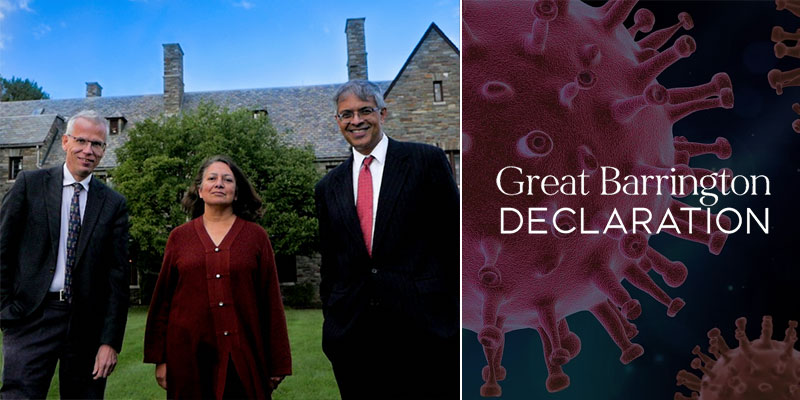Bats can be scary to some people. But far more frightening is the impact a virulent bat disease is having on the furry, flying mammals.
White-nose syndrome (WNS) is a highly contagious disease that has killed more than 6 million bats during the past decade. It is now confirmed in 34 states, including Alabama. It’s caused by Pseudogymnoascus destructans, a fungus that affects hibernating bats.
The fear and concern around WNS was one of the prominent themes of Bat Week, which concluded this year on Halloween. It’s an annual celebration designed to raise awareness about these misunderstood, slightly creepy critters and the initiatives underway to conserve the more than 1,400 species of bats.
Alabama Power biologists have been closely involved in studying the bat population in the state. The company and its parent, Southern Company, also support ongoing efforts to the slow the spread of WNS and aid the recovery of bats affected by it.
“A lot of people don’t realize how important bats are – here and across the globe,” said Jeff Baker, a senior biologist at Alabama Power.
Bats are effective pollinators, with some plant species relying wholly on bats for survival. But equally important are bats’ voracious bug-eating powers. Estimates put the value of the natural pesticide services bats provide at more than $3 billion annually – protecting and bolstering agricultural production, including the Southeast’s important timber industry.
Locally, the Alabama Bat Working Group has been conducting surveys to track bat populations and gauge their health. Alabama Power is among the participants in annual “bat blitz” surveys that take place across the state, along with state and federal agencies, academic institutions and volunteers.
In addition to loving caves, some species of bats use man-made structures such as mine shafts and culverts as places to hibernate. WNS has been documented in bats that use both natural caves and man-made structures.
Over the past two winters, the bat working group has been surveying culverts in the state with the goal of identifying new places where bats are hibernating, so they can be monitored over time and tracked for the spread of WNS. Culverts are places to potentially test new treatments for WNS that scientists may not want to introduce into natural caves.
To help combat WNS, Alabama Power and Southern Company have been partnering since 2017 with the National Fish and Wildlife Foundation to support the Bats for the Future Fund. The fund supports research aimed at reducing the spread of WNS and helping affected bat populations recover.
“Supporting the Bats for the Future Fund is a great opportunity to continue our company’s legacy of cooperative conservation,” Baker said.
Learn more about bats by visiting Bat Conservation International’s website.
(Courtesy of Alabama NewsCenter)













